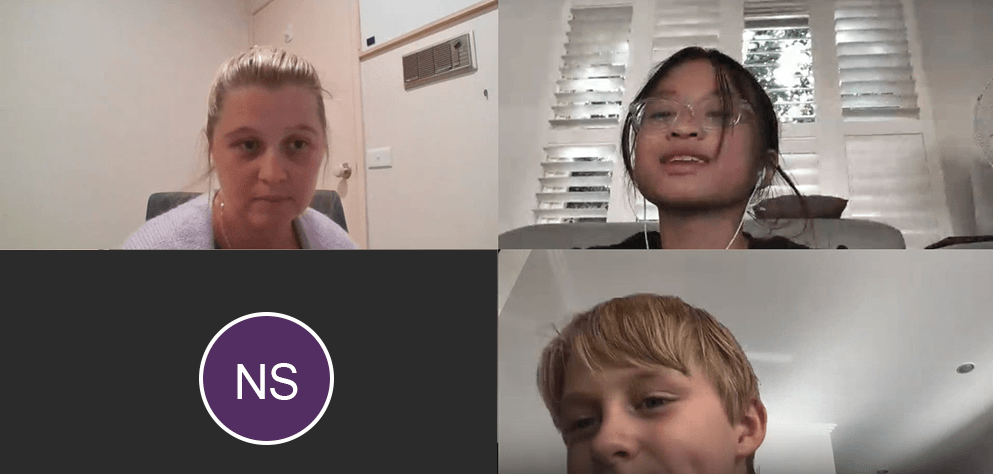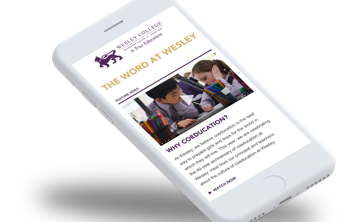
Number talk enables students to develop a deep mathematical understanding, whether they’re learning from home or on campus, says Kate Sleeth.
Effective teaching depends on your ability to connect with students. Making eye contact with students and reading their body language gives you feedback about their engagement and learning – and helps you gauge when you might prompt with a question, whether they need more time to think or to play around with a problem-solving task.
Preparing to teach in a virtual classroom
That’s all very well in a bricks-and-mortar classroom, but when measures to contain the spread of SAR-CoV-2 and minimise COVID-19 infections by learning from home in Term 2 were announced, my heart dropped. How would I be able to do this through the camera on my computer screen, sometimes without being able to see any of my students at all?
My preparations for the move to a virtual classroom prompted a lot of reflection and – I won’t lie – some sleepless nights, particularly when it came to Maths. What were the most important things my students would need during our short livestreamed classes; what might they currently miss the most in this learning environment; what might I replicate and what reengineer; and, most importantly, what did I value as a Mathematics teacher and want to focus on? Before I describe how I answered those questions, let me take a step back to address a key maths teaching and learning strategy we use in my classroom.
How do students best learn maths?
A few years ago, I had the wonderful professional learning opportunity to participate in the Stanford University ‘How to Learn Maths for Teachers’ course run by Jo Boaler. It was a turning point in my inquiry journey as a teacher, not only opening my mind to the creativity of Maths but to the importance of a growth mindset and discussion in the classroom.
One of the biggest takeaways from this course that influenced my maths teaching was number talk. Number talks are short routines that enable students to develop deeper conceptual understanding; explore new mathematical connections and relationships; learn different strategies from each other; and compare and contrast numbers in different ways, all of which enable them to review, practise and reinforce concepts.
Number talk has helped my students to build confidence and often opened their eyes to different ways of thinking about maths and approaching mathematical problems. Number talk encourages them to learn from their mistakes, learn from each other and learn that there are often more ways than one to approach a problem and that some strategies are more efficient than others. Number talk is also a wonderful way to practise mental maths in a non-confronting way.

Number talk in the virtual classroom
Would number talk work in our virtual classroom? Well, the more I thought about it, the more I started to think it would. Students were already familiar with the approach, and that offered a way to prompt discussion and the sharing of ideas that might be harder to replicate at home. I knew my students would miss the voices of their classmates: number talk offered an opportunity for them to hear each other, discuss ideas and share strategies, just like in pre-pandemic times.
I realised the virtual classroom was the perfect environment in which to use this scaffolded inquiry approach – and it has been an amazing experience. We’ve searched for right angles in a picture, used clocks to consolidate our understanding of different angles, discussed numbers and pictures and why one might be an odd one out, and, most importantly, we’ve shared ideas and strategies to solve problems. Together the students are discussing mathematics, building and consolidating their learning through other approaches we’re also using.
Our virtual classroom discussion doesn’t always go to plan and sometimes my technological skills are far from perfect, but students are discussing number, making new connections and discussing strategies.
That sounds like a win to me!
Kate Sleeth teaches Year 4 at Wesley’s Elsternwick Campus
